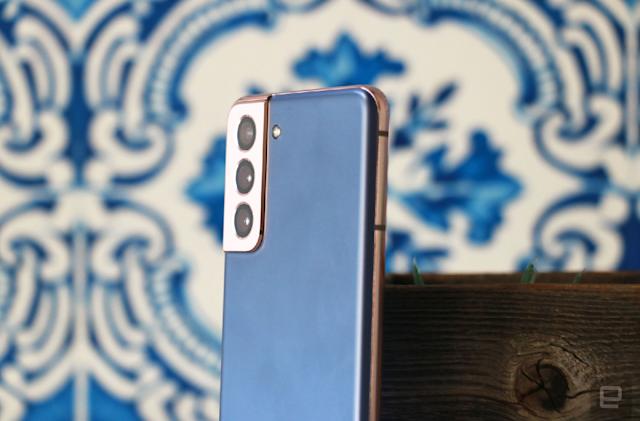Samsung has once again broken the limit of pixel size with its latest smartphone camera sensor. ISOCELL JN1 packs 50 megapixels into a 1/2.76 inch tiny format, and the pixel size is only 0.64 microns. This is much smaller than the 0.7-micron pixels on the 43.7-megapixel Isocell Slim GH1 sensor released in 2019. "The new 0.64 micron ISOCELL JN1 will be able to equip the most fashionable smartphones in the future with ultra-high-resolution mobile photos," said Samsung Electronics Executive Vice President Duckhyun Chang.
The tiny sensor size will be useful for multi-camera setups, letting smartphone designers use the sensor for front-facing, ultra-wide, telephoto or standard cameras, depending on the setup and resolution required. It will also reduce camera module thicknesses by around 10 percent, Sam

The problem with tiny pixels is that they can't gather as much light as larger pixels. So, for low light shooting, the sensor combines four pixels in one, boosting light by four times while reducing the sensor resolution to 12.5 megapixels. On top of that, it uses Samsung's new ISOCELL 2.0 tech that replaces metal barriers between color filters with a material that reduces light loss, boosting sensitivity up to 16 percent.
The new sensor also uses Samsung's "Dual Super PD" (Phase Detection) autofocus, which has twice the phase detection pixel density and improves autofocus performance in low light conditions. The new sensor also supports 4K 60 fps video or 240 fps full HD. Samsung stated that the JN1 is now in mass production, so it is expected to appear in new smartphones soon.
